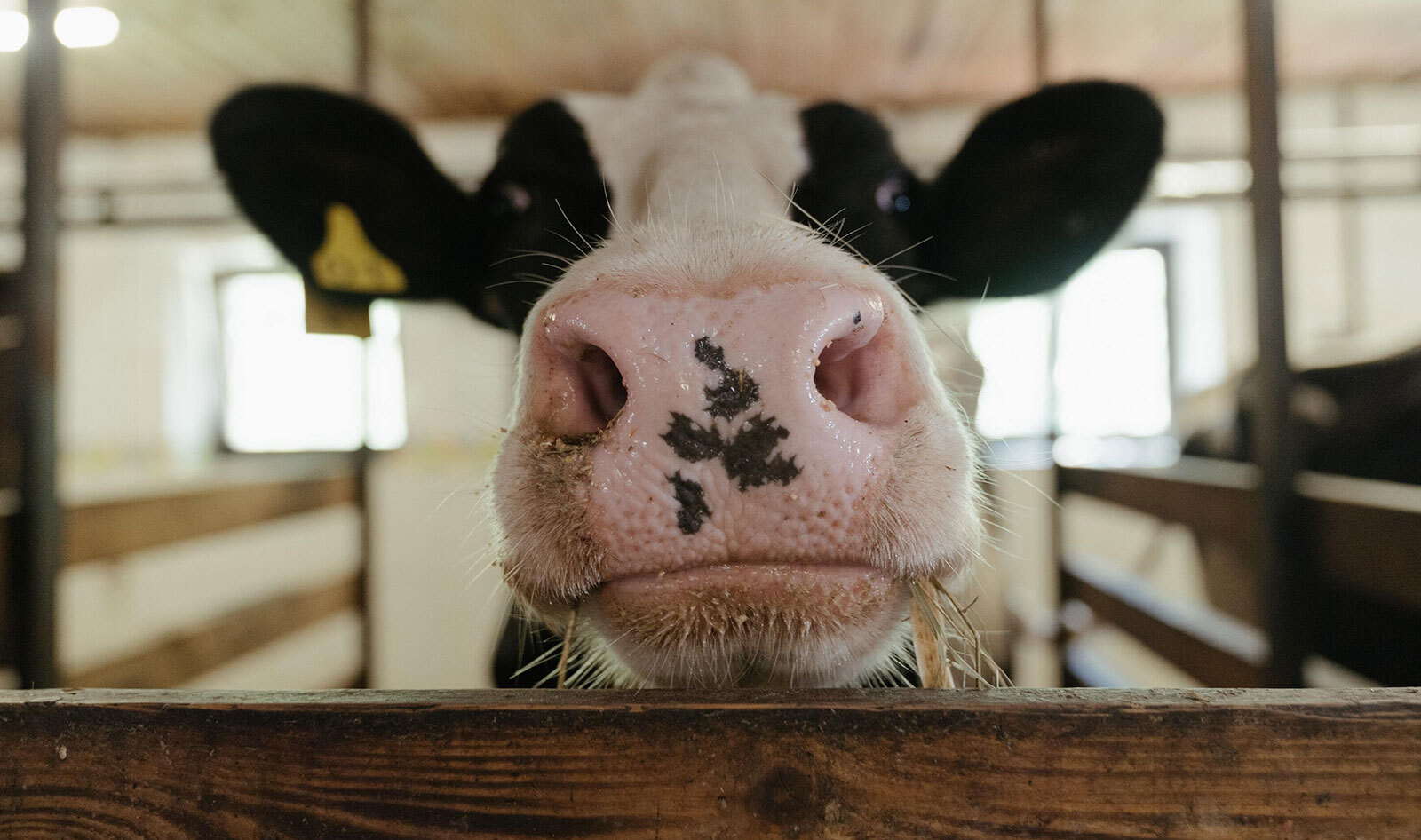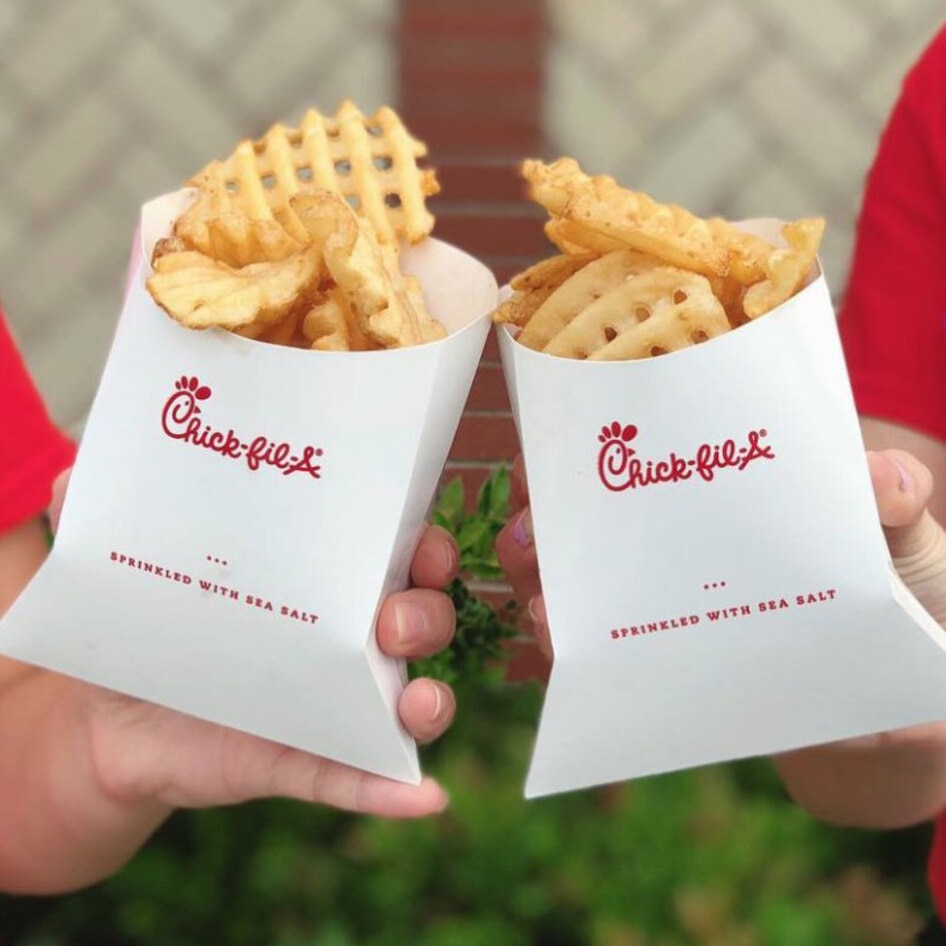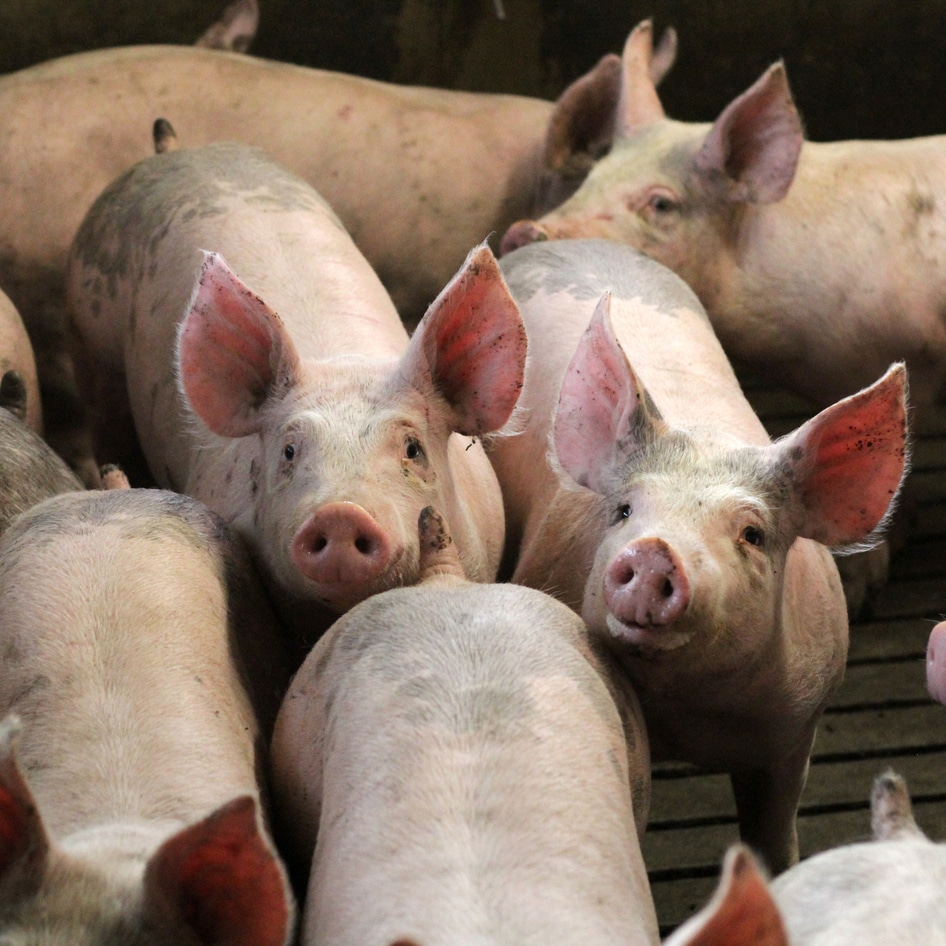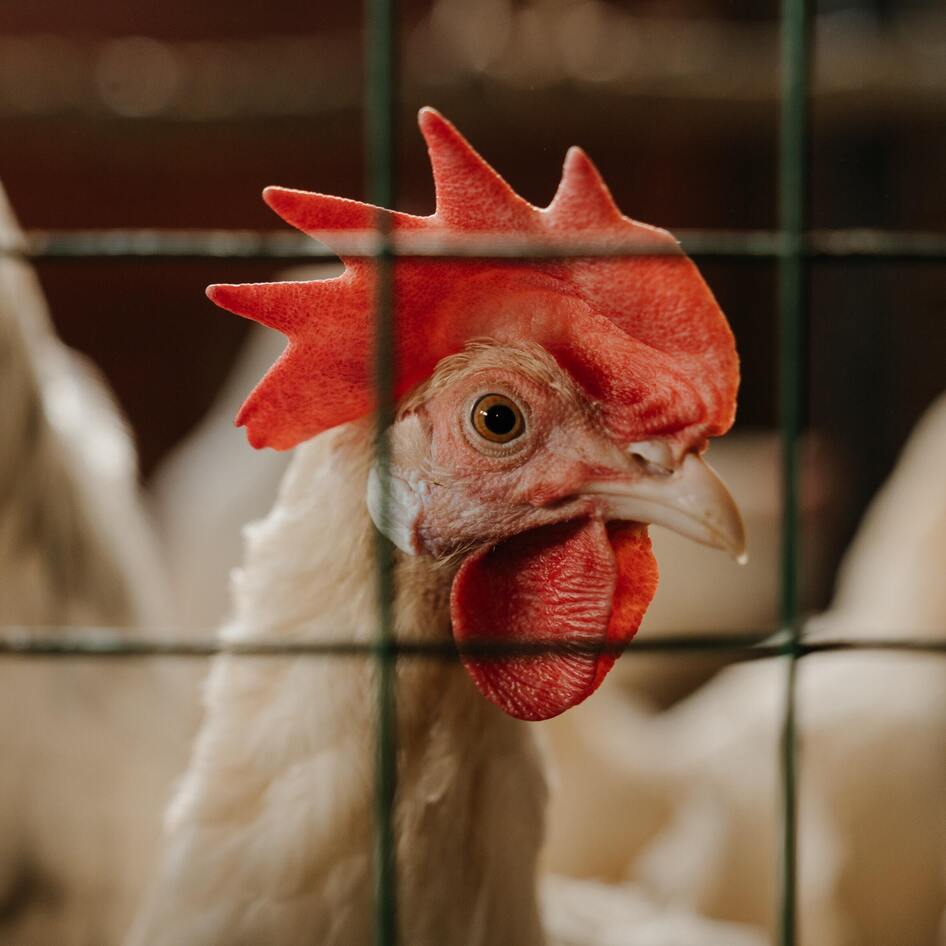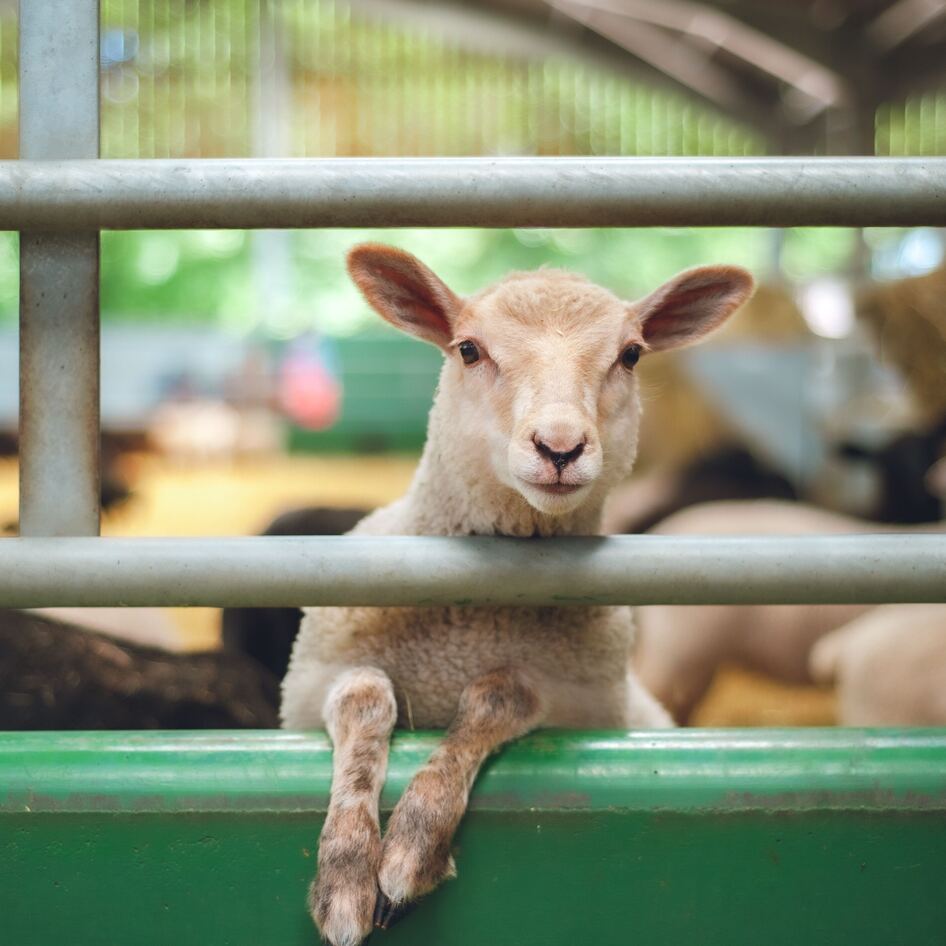It’s hard to overstate the importance of antibiotics. Their discovery in the 1900s meant that historically hard-to-treat diseases, like bacterial pneumonia and rheumatic fever, now had an effective cure for most people. American novelist Katherine Dunn famously wrote, “Prior to penicillin and medical research, death was an everyday occurrence.”
But while revolutionary, antibiotics are not perfect. With more use, the bacteria they are designed to treat can evolve to evade them, making them less effective over time. According to the World Health Organization (WHO), this is already happening. “A growing number of infections—such as pneumonia, tuberculosis, gonorrhea, and salmonellosis—are becoming harder to treat as the antibiotics used to treat them become less effective,” it notes.
The biggest contributor to antibiotic resistance is overuse. This can happen when people take antibiotics incorrectly, for example, or too often. In fact, in 2016, scientists recommended that, when possible, antibiotics be limited to an average of less than nine daily doses per year, per person, to prevent resistance.
But it’s not just antibiotic use in humans that is contributing to the threat of resistance. Roughly 75 percent of all antibiotics produced are used in animal agriculture, and most of those are medically important. Here’s what we know about factory farming’s contribution to antibiotic resistance.
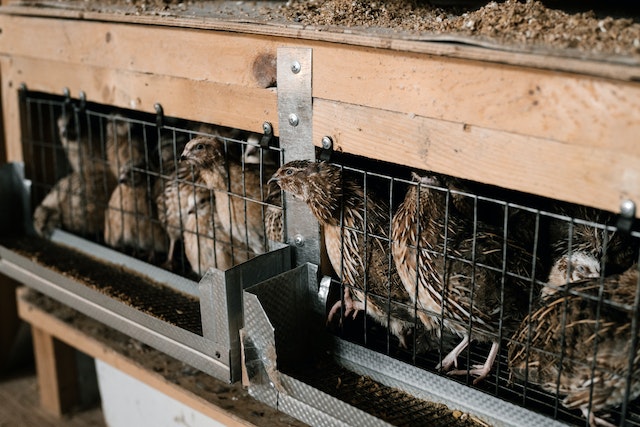 Pexels
Pexels
How does factory farming contribute to antibiotic resistance?
Antibiotics are used in farming for a few reasons. The first is obvious: to treat disease. But this is not actually the main reason drugs are used in animal agriculture. They’re also used to help animals grow faster, so they take less time to reach slaughter size. And more often, they’re used to prevent disease before it has taken hold.
Factory farms are extremely crowded, and these conditions are favorable to the spread of disease. The average broiler chicken, for example, has less space to move than the size of one A4 sheet of paper.
“The majority of antibiotics in the US are given to animals that are not sick,” social and environmental nonprofit As You Sow notes. “They are mixed into animals’ food and water to make them grow bigger or to prevent illness in a cramped and unhealthy environment.”
In April 2023, World Animal Protection (WAP) released a study examining the effects of this antibiotic use in factory farming. And the results were sobering. The nonprofit uncovered four superbugs on factory farms, all of which were linked to 975,000 human deaths and 35 million illnesses in 2019.
This level of antibiotic use on farms is also an environmental health threat. In November 2022, a new report—again compiled by WAP, alongside the Alliance to Save Our Antibiotics and the Bureau of Investigative Journalism—found superbugs present in UK waterways close to factory farms.
“The World Health Organization has estimated that antibiotic resistance will be the leading cause of death globally by 2050, with a total economic cost of £66 trillion—this is a human health crisis,” Lindsay Duncan, WAP UK’s farming campaigns manager, said in a statement.
“If the welfare of farm animals was improved, there would be no need for this dangerous and unnecessary use of antibiotics that is such a threat to human health,” she added.
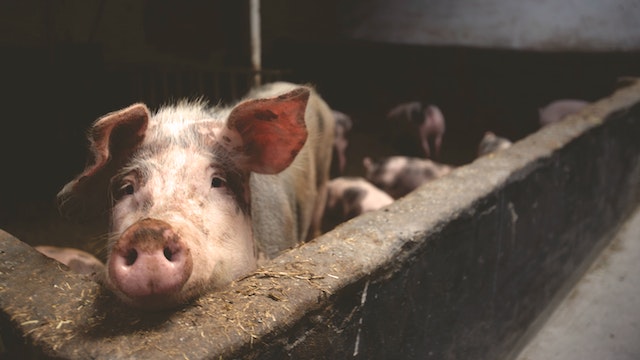 Pexels
Pexels
Does a vegan diet reduce antibiotic resistance?
Activists are calling on governments to ban the use of preventative antibiotics on factory farms, but also, meat and dairy corporations need to adopt more responsible, sustainable practices urgently.
But what can consumers do to help the situation? As well as responsible personal use of antibiotics, reducing or eliminating meat consumption may help to reduce demand for factory-farmed animals and, in turn, reduce the overuse of antibiotics, campaigners note.
“Urgent action is needed to regulate the use of antibiotics in the agriculture industry and reduce meat in diets in high-meat consuming countries to build a more sustainable food system and stop the next global health crisis,” Manusevich explained.
That said, following a vegan diet may still not reduce individual risk of antibiotic resistance. Research suggests that it can affect anyone, of any age, anywhere in the world. However, it’s worth noting that in May 2022, one study also suggested that those who follow a high-fiber diet that is low in animal protein may have fewer antibiotic-resistant bacteria, viruses, and fungi in their gut.
But ultimately, changing the way we farm, produce, and consume food has to be a collaborative effort. And not just for antibiotic purposes, but also for the future of the planet, too.
Right now, animal agriculture emits around 14.5 percent of emissions. It’s also driving deforestation in the world’s precious forests, wasting resources, and polluting waterways. In 2022, researchers from the University of Bonn in Germany revealed that meat consumption must drop by at least 75 percent in rich countries to reduce this strain on the planet.
As Manusevich says, the “need for food systems that protect animals and humans” is urgent.
For more on the meat industry, read:
JUMP TO ... Latest News | Recipes | Guides | Health | Shop

